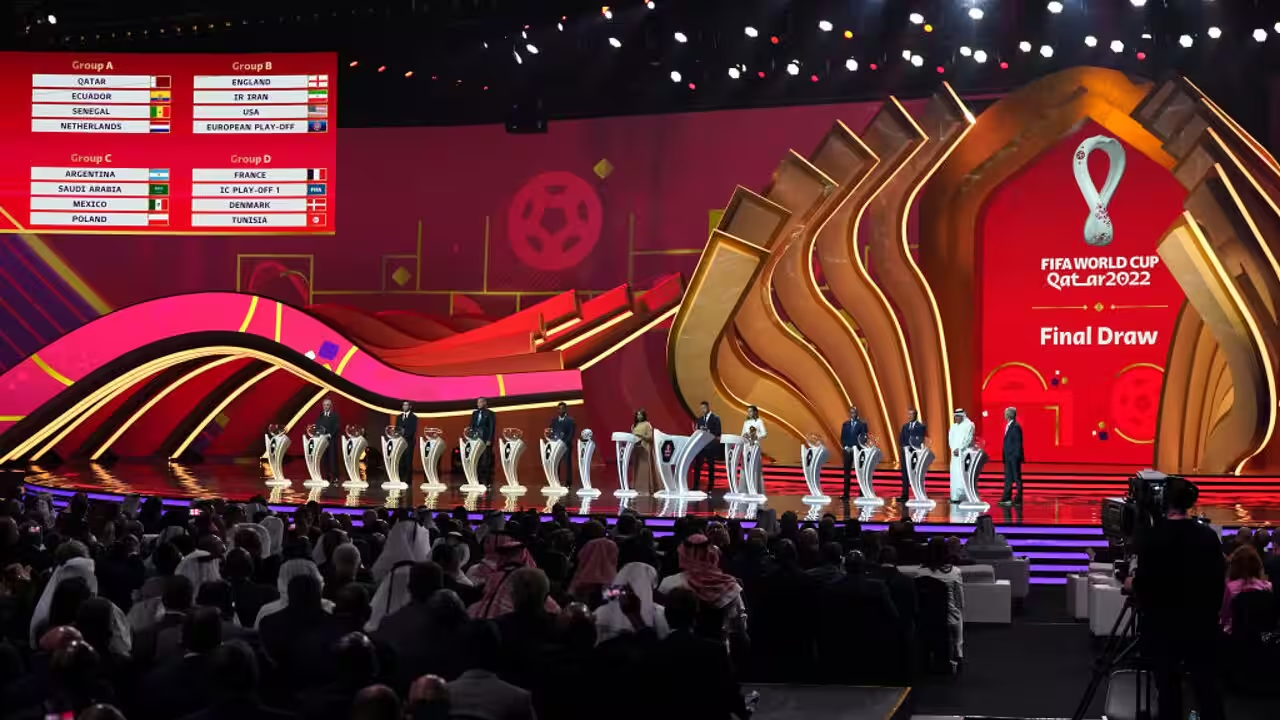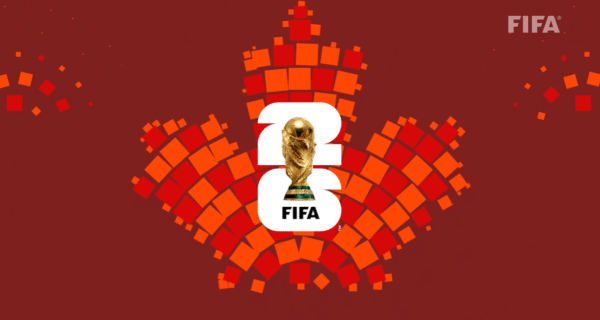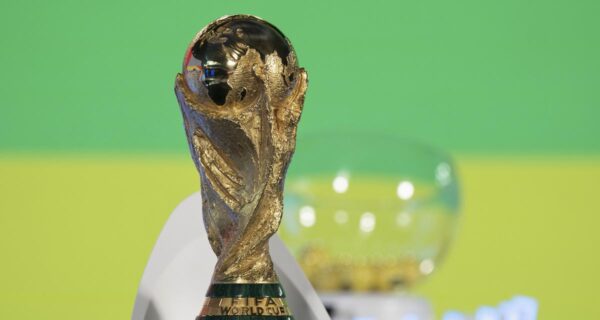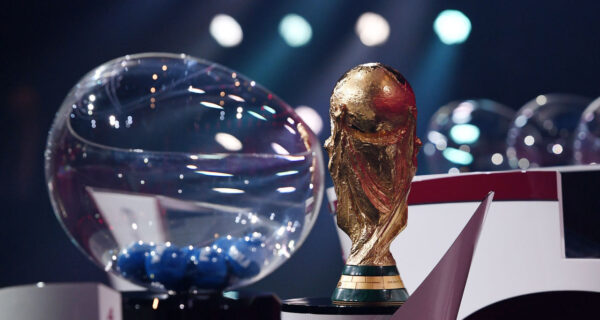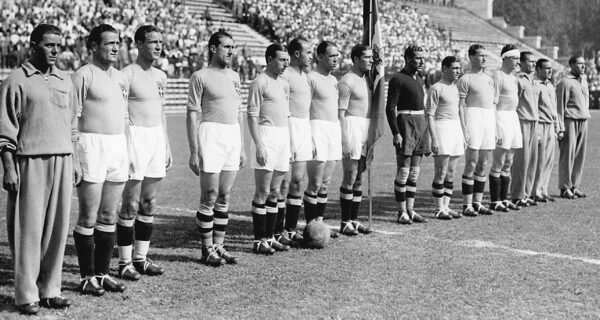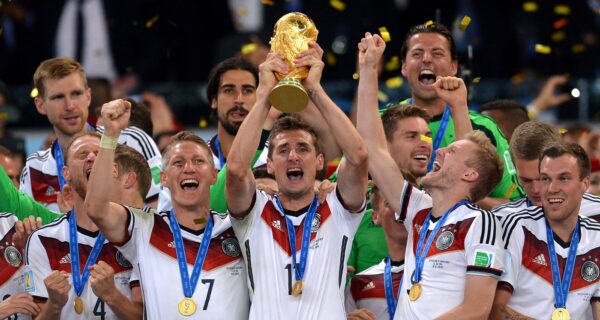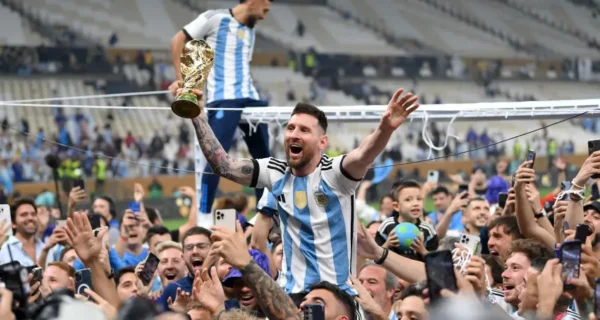The FIFA World Cup draw is one of the most anticipated events in international football. This crucial ceremony determines the group stage matchups for the world’s biggest football tournament. For football fans, national teams, and players alike, the draw represents the moment when the tournament truly begins to take shape.
The process might seem complicated at first glance, but understanding how it works adds an extra layer of excitement to the World Cup experience. Let me explain everything you need to know about the FIFA World Cup draw process, from qualifying rounds to the final tournament structure.
The Purpose and Importance of the World Cup Draw
Creating Balanced Competition
The primary purpose of the World Cup draw is to distribute qualified teams into balanced groups for the tournament’s first phase. Without a structured draw process, the competition could end up with heavily lopsided groups – imagine several football powerhouses facing off too early, alongside groups with only lower-ranked teams.
The draw aims to create a fair and exciting competition by ensuring teams from similar geographical regions and of similar competitive strength are distributed evenly throughout the groups. This prevents too many teams from the same confederation meeting in the group stage and helps maintain continental diversity in each group.
Building Tournament Excitement
Beyond the practical function of group allocation, the draw serves as a major marketing milestone that generates excitement and discussion. It provides fans, teams, and media with the tournament’s initial storylines – which traditional rivals might meet, which underdogs face the toughest path, and which groups appear most competitive.
The draw ceremony has evolved into a spectacular event in its own right, often featuring football legends assisting with the draw, cultural performances from the host nation, and global media coverage that reaches millions of viewers worldwide.
Pot Allocation and Seeding System
How Teams Are Divided Into Pots
The foundation of the World Cup draw is the pot system. Qualified teams are divided into 4 pots (for a 32-team tournament) or more pots (for the expanded 48-team format). The allocation into these pots is typically based on the FIFA World Rankings, with some exceptions.
For example, in the 2022 World Cup draw, the 32 qualified teams were divided into 4 pots of 8 teams each. Pot 1 contained the tournament host (Qatar) and the seven highest-ranked qualified teams. Pots 2, 3, and 4 contained the next highest-ranked teams in descending order.
For the upcoming 2026 World Cup, with its expanded 48-team format, the system adapts to accommodate more teams and pots.
The Role of FIFA Rankings
The FIFA Men’s World Ranking plays a crucial role in determining which pot a team is placed in. These rankings are calculated based on results from international matches, with more recent matches and more important tournaments carrying greater weight.
For most recent World Cup draws, the rankings published shortly before the draw ceremony are used to determine pot allocations. This system rewards teams that have performed well in the years leading up to the tournament and helps ensure that the strongest teams are distributed evenly across the groups.
Host Nation Privileges
Traditionally, the host nation receives special treatment in the draw. They are automatically placed in Pot 1 regardless of their ranking and are pre-assigned to position A1 in the tournament. This means they play in the opening match and enjoy certain advantages in terms of match scheduling and venues.
For the 2022 World Cup, Qatar was placed in position A1 from Pot 1. For the 2026 World Cup, which will be co-hosted by the United States, Canada, and Mexico, all three host nations automatically qualify for the tournament, but each federation’s qualification path still needs to be determined.
The Draw Procedure Step by Step
Setting Up the Draw
The draw ceremony typically features several physical pots containing balls, each with a qualified team’s name inside. The procedure begins with Pot 1 and continues sequentially through the remaining pots.
For a standard World Cup with 32 teams divided into eight groups (A through H), the process works as follows:
Drawing Teams from Pots
First, all teams from Pot 1 are drawn and assigned to position 1 in groups A through H. The host nation is pre-assigned to position A1, so the drawing for Pot 1 typically begins with assigning teams to position B1, then C1, and so on.
After Pot 1 is emptied, the draw continues with Pot 2, then Pot 3, and finally Pot 4. When a team is drawn from these pots, a second draw determines which group they join. Teams are generally assigned to the first available position in the selected group, though there may be restrictions.
As FIFA explained for the 2022 draw: “As per the standard draw procedure, a ball from a team pot will be drawn, followed by a ball from one of the group pots, thus determining the position in which the team will play.”
Geographic Restrictions and Constraints
An important element of the World Cup draw is the geographic constraint. FIFA’s general principle is to have only one team from each qualification zone in a single group, with the exception of European teams due to their larger number of qualifying spots.
For example, in the 2022 World Cup:
- Each group could have no more than one team from any confederation except UEFA (Europe).
- Each group had to have at least one, but not more than two UEFA teams.
- Five out of the eight groups contained two European teams.
Additional restrictions sometimes apply for specific political or logistical reasons. For instance, certain teams might be kept apart due to geopolitical tensions, or teams from regions with harsh winter conditions might have limited group combinations.
Special Considerations in the Draw Process
Placeholder Teams for Playoffs
When the draw takes place, not all qualifying teams may be known. This happens when some qualification pathways include playoff matches scheduled after the draw. In these cases, placeholder teams are used in the draw to represent the eventual qualifier from a particular pathway.
For example, in the 2022 World Cup draw, three placeholders represented the two winners of the intercontinental playoffs and the remaining UEFA playoff winner, all of which were to be determined after the draw.
Balancing Competitive and Geographic Factors
The draw process must balance multiple competing factors. On one hand, it aims to create groups that are balanced in terms of competitive strength. On the other hand, it must respect geographic distribution to ensure continental diversity within each group.
This balancing act sometimes leads to complex constraints in the draw procedure. For example, if too many teams from one confederation are drawn into the same group, adjustments might be needed to maintain the geographic balance.
The 2026 World Cup Draw: New Format and Structure
Expanded Tournament Format
The 2026 FIFA World Cup will feature 48 teams instead of the traditional 32, marking a significant expansion of the tournament. This change necessitates adjustments to the draw procedure and group structure.
Under the expanded format, the teams will be divided differently than in previous tournaments. The exact structure of groups is still being finalized, but the expansion means more teams, more matches, and a potentially more complex draw procedure.
European Qualification Process for 2026
For European teams, the qualification process for the 2026 World Cup involves 54 UEFA nations competing for 16 spots, an increase from the 13 spots available in previous tournaments.
The UEFA qualifying format for 2026 divides teams into twelve groups of 4 or 5 teams each. Teams play home-and-away round-robin matches from March to November 2025.
The 12 group winners qualify directly for the World Cup, and the remaining 4 spots will be determined through play-offs involving the group runners-up and the best-performing Nations League teams.
Pot Structure for the 2026 UEFA Qualifying Draw
For the UEFA qualifying draw, teams are distributed across five pots based on the FIFA World Ranking:
Pot 1 contains the UEFA Nations League quarter-finalists (Croatia, Denmark, France, Germany, Italy, Netherlands, Portugal, and Spain) along with the four best-ranked UEFA nations (England, Belgium, Switzerland, and Austria).
Pots 2 through 5 contain the remaining teams according to their FIFA ranking, with Pot 5 having the lowest-ranked teams.
The draw begins with Pot 1 and continues through to Pot 5, with each pot being completely emptied before moving to the next one. Teams drawn are placed in ascending order from Group A to Group L.
The Significance of Tiebreakers in the World Cup Format
Group Stage Tiebreakers
Understanding how teams advance from groups requires knowledge of the tiebreaker criteria. According to FIFA regulations, when teams finish with equal points in the group stage, the following criteria are applied in order:
- Greatest goal difference in all group matches.
- Most goals scored in all group matches.
- Points obtained in matches between the tied teams.
- Goal difference in matches between the tied teams.
- Most goals scored in matches between the tied teams.
- Fair play points (based on yellow and red cards).
- Drawing of lots by FIFA.
These tiebreakers can become crucial in determining which teams advance to the knockout stages, making every goal and card potentially significant.
FAQs
1. When does the World Cup qualifying draw take place?
The World Cup qualifying draw schedules vary by tournament cycle. For the 2026 World Cup, the UEFA qualifying draw was scheduled for December 13, 2024. Different confederations may hold their qualifying draws at different times based on their qualification timelines and structures.
2. How many teams qualify for the World Cup from each confederation?
The allocation for the 2026 World Cup includes 16 teams from UEFA (Europe), 9 from CAF (Africa), 8 from AFC (Asia), 6 from CONMEBOL (South America), 6 from CONCACAF (North/Central America and Caribbean), and 1 from OFC (Oceania), plus additional spots through playoffs.
3. What determines which pot a team goes into for the World Cup draw?
Teams are typically assigned to pots based on the FIFA World Rankings published shortly before the draw. The host nation(s) are automatically placed in Pot 1 regardless of ranking, along with the highest-ranked qualified teams based on the most recent FIFA rankings.
4. Can teams from the same confederation be drawn into the same group?
Generally, teams from the same confederation cannot be drawn into the same group, with the exception of UEFA (European) teams. Due to the larger number of European qualifiers, World Cup groups can contain up to two UEFA teams but no more than one from other confederations.
5. How will the 48-team format in 2026 change the World Cup draw?
The expanded 48-team format for 2026 will require modifications to the traditional draw procedure, including potentially more pots and different seeding arrangements to accommodate the larger number of participating nations across the expanded group structure.
6. What happens if some qualifying teams aren’t known at the time of the draw?
When the final tournament draw takes place before all qualifying matches are completed, placeholder teams are used to represent the eventual qualifiers from incomplete pathways. These placeholders are typically identified by their qualifying route rather than specific country names.
7. Why is the host nation automatically placed in Group A?
The host nation is traditionally placed in Group A, position A1, giving them the honor of playing in the tournament’s opening match. This arrangement helps with tournament planning and maximizes local interest for the host nation’s matches.
8. How are the final groups balanced for competitive fairness?
Competitive balance is achieved through the pot system, which distributes teams of similar strength across different groups. Geographic distribution also plays a role, ensuring diverse matchups and preventing regional clustering that could create imbalanced groups.
9. What restrictions exist in the World Cup draw process?
Besides continental separation rules, additional restrictions may apply for geopolitical reasons (keeping certain nations apart due to tensions), travel considerations (limiting long-distance travel where possible), or climatic factors (managing teams from extreme climate regions).
10. When do World Cup qualifying matches begin after the draw?
For the 2026 World Cup, European teams drawn into groups of five will begin qualification in March 2025, those in groups of four will start in September 2025. The qualification process concludes in November 2025, with play-offs in March 2026.

